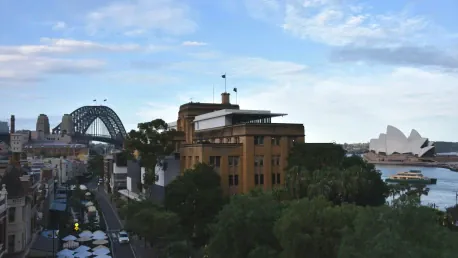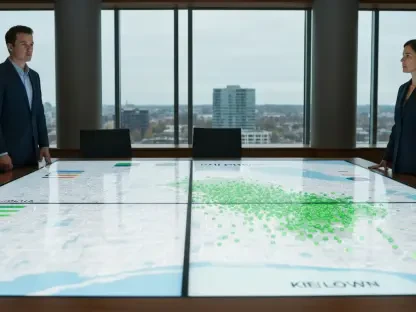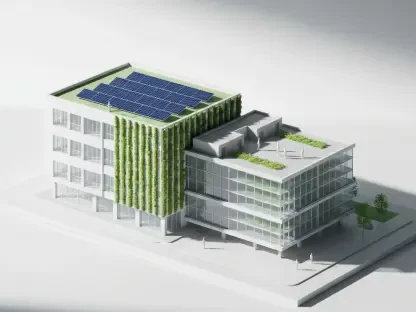Sydney’s rental market has soared to unprecedented highs, creating financial strain for many tenants and leading to substantial social implications. Over the past year, the average rent for houses and units has reached $775 and $725 per week, respectively. These increases of 3.3% for houses and 3.6% for units highlight the severity of the market pressures. Compounding this issue is the city’s vacancy rate, which has plummeted to a mere 0.9%, indicating a significant shortage of available rental properties.
Causes of the Escalating Rental Crisis
Experts attribute the persistent rental crisis to an enduring undersupply of housing. Dr. Nicola Powell from Domain and Dr. Peter Tulip from the Center for Independent Studies have highlighted that the high purchase prices of homes are forcing more individuals to rent for extended periods. This high demand for affordable rental properties has even driven up rents in traditionally less expensive regions. For example, on the Central Coast, unit rents have surged by 10%, while house rents have increased by 8.3%.
The overarching trend of a landlord-dominant market shows little sign of rebalancing in the near future. Many renters find themselves trapped in their current situations, often having to share cramped living spaces or reside with parents. This generational divide has fueled feelings of anger and bitterness among younger populations, who find themselves deprived of the home ownership opportunities that were more readily available to their parents. The socio-economic gap continues to widen, contributing to heightened tensions and dissatisfaction.
Impact on Renters’ Quality of Life
The crisis is exacerbated by stagnant wages. Take the case of renter Dylan Griffiths, who faces a $40 weekly increase in rent without a concurrent rise in salary. For Griffiths and many others, the proportion of income spent on rent has risen to almost 40%, necessitating stringent budgeting measures. This financial strain is affecting the overall quality of life for numerous renters, causing emotional stress and limiting their ability to participate in other economic activities.
Organizations like Better Renting are advocating for regulatory reforms to stabilize rents. They argue that the current market conditions force tenants to accept substandard living conditions. Their surveys reveal a widespread experience of rental increases, with half of the respondents reporting hikes exceeding 10%. These findings underline the need for systemic changes to protect tenants from exorbitant rent hikes and ensure access to safe and reasonably priced housing.
Calls for Systemic Changes and Solutions
Addressing the high rents and inadequate supply of housing requires a multi-faceted approach. Policymakers are encouraged to consider a broad spectrum of interventions, from increasing the construction of affordable housing to implementing stricter regulations on rental hikes. Investment in housing infrastructure, along with incentivizing developers to build more homes, could help mitigate the supply shortage. Furthermore, providing better support for tenants, including rent controls or subsidies, might ease the financial burden on renters during this period of high market pressures.
Collaboration between government bodies, the private sector, and community organizations will be crucial in tackling the housing crisis. This collaboration could foster innovative solutions and create more inclusive housing policies that address the needs of the most vulnerable populations. By engaging in constructive dialogues and exploring diverse strategies, stability in the rental market might be achieved in the long run.
Future Perspectives on Sydney’s Rental Market
Sydney’s rental market has dramatically escalated, reaching heights never seen before. This surge has placed a heavy financial burden on many tenants, causing significant social repercussions. Over the last year, average rents for houses and units have climbed to $775 and $725 per week, respectively. These increases of 3.3% for houses and 3.6% for units underscore the intense pressure within the market. Further exacerbating the problem is Sydney’s vacancy rate, which has dropped to an alarming 0.9%. This figure suggests a severe shortage of available rental properties, intensifying the competition for housing and making it harder for people to find affordable homes. The relentless rise in rental costs and dwindling availability of rental properties highlight a critical issue that impacts not only those directly involved but the broader social fabric as well. It’s a concerning trend that calls for immediate attention and potential policy interventions to address the housing crisis and ease the burden on Sydney’s residents.









